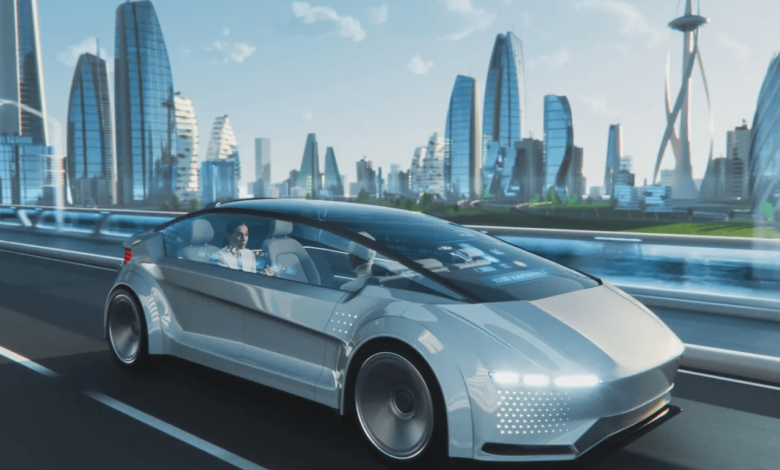The Impact of Self-Driving Cars on the Future of Transportation

The emergence of self-driving cars is set to significantly reshape transportation as we know it. These vehicles promise numerous benefits, such as increased safety and reduced congestion. However, they also bring forth various challenges and ethical dilemmas. As cities adapt to this technology, the implications for urban planning and accessibility become increasingly complex. What remains to be seen is how society will navigate these changes and the potential consequences of widespread adoption.
Benefits of Self-Driving Cars
As self-driving cars continue to advance, their potential benefits become increasingly evident.
These vehicles promise enhanced safety by reducing human error and accidents. They offer greater accessibility for those unable to drive, fostering independence.
Additionally, self-driving cars can optimize traffic flow, leading to reduced congestion and emissions.
Ultimately, they represent a leap toward a more liberated, efficient transportation landscape, empowering individuals and communities alike.
Challenges and Concerns
While the promise of self-driving cars is compelling, numerous challenges and concerns accompany their integration into society. Issues such as safety, cybersecurity, and ethical dilemmas arise, raising questions about liability and decision-making in critical situations.
Moreover, the potential for job displacement in driving professions poses significant socio-economic implications, as society grapples with balancing technological advancement and the preservation of individual freedoms and livelihoods.
Impact on Urban Planning
The integration of self-driving cars has the potential to significantly reshape urban planning, particularly as cities adapt to the changing landscape of transportation.
Planners may prioritize green spaces and pedestrian-friendly areas, reducing the need for extensive parking and road infrastructure.
This shift could lead to vibrant, liberated communities where residents enjoy greater mobility, enhanced quality of life, and increased access to urban amenities.
The Future of Mobility and Accessibility
How will self-driving cars transform mobility and accessibility in the coming years?
These vehicles promise unparalleled freedom, enabling individuals with disabilities and the elderly to navigate their environments independently.
By eliminating the need for a driver, self-driving cars can enhance public transport systems, reduce congestion, and offer flexible travel options.
Ultimately, this technology aims to create a more inclusive society, fostering greater mobility for all.
Also read: The Impact of Automation on Jobs and Employment
Conclusion
In conclusion, the rise of self-driving cars heralds a transformative era in transportation, with the potential to reduce traffic fatalities by up to 90%. This staggering statistic underscores the profound impact these vehicles could have on urban environments, where safer roads allow for the flourishing of pedestrian-friendly spaces and vibrant communities. As society navigates the challenges of this new technology, the promise of enhanced mobility and accessibility stands to reshape the very fabric of urban life.




